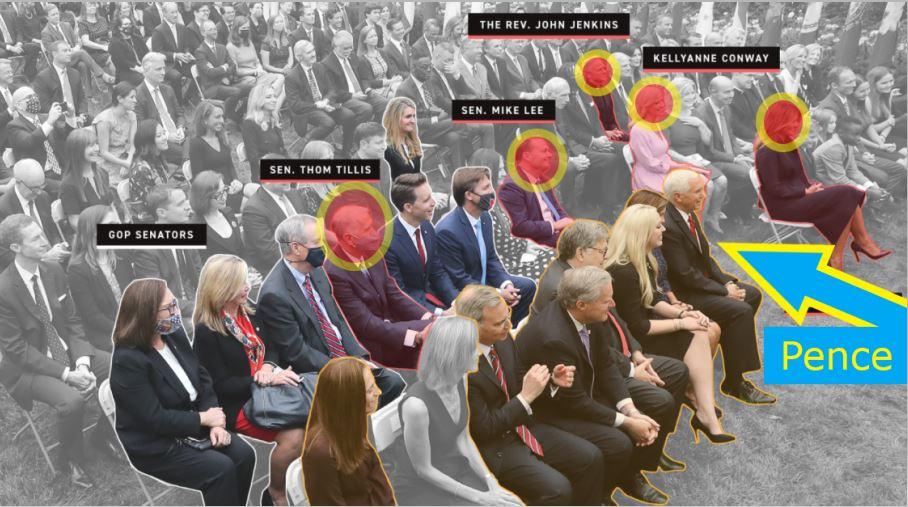It was inevitable. A blind man could see it coming. With the federal government increasingly outspending its income, it was just a matter of time before the Treasury Department bumped up against the debt ceiling.
It happened on March 2. Secretary Treasury Steven Mnuchin immediately engaged “extraordinary measures” to keep the bills of Congress paid, and on May 23, he wrote the first of two warning letters to Speaker of the House Nancy Pelosi: “By reason of the statutory debt limit I will … be unable to fully invest the portion of the Civil Service Retirement and Disability Fund (CSRDF) not immediately required to pay beneficiaries.…The Treasury Department will also continue to suspend additional investments for … the Postal Service Retiree Health Benefits Fund (PSRHBF).”
He added: “Treasury is not able to provide a specific estimate of how long these extraordinary measures will last. However, we believe there is a risk that the extraordinary measures could be exhausted by late summer.”
The government continued to outspend its income and the moment of truth moved closer. Mnuchin wrote another letter to Pelosi on Friday — a much shorter one this time: “Based on updated projections, there is a scenario in which we run out of cash in early September, before Congress reconvenes.… I request that Congress increase the debt ceiling before Congress leaves for summer recess.”
The debt ceiling is a political fiction. The September date when the Treasury runs out of money is not real. The debt ceiling doesn’t limit how much money Mnuchin’s Treasury Department can borrow. It only restrains the Treasury from issuing new government bonds. It has nothing to do with restraining congressional spending. History records that the moment has never arrived when the Treasury stopped paying Congress’ bills.
The Emergency Election Sale is now live! Get 30% to 60% off our most popular products today!



